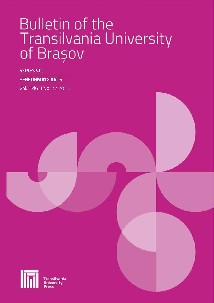Fundamental structures of Classical Music
Fundamental structures of Classical Music
Author(s): Mihaela Itigan, Stela DrăgulinSubject(s): Fine Arts / Performing Arts, Music
Published by: Editura Universitatii Transilvania din Brasov
Keywords: classical music; analysis; Schenker; structure; performance;
Summary/Abstract: It is known that a successful artistic performance depends not only on the number of hours that an instrumentalist dedicates to individual study. A thorough finishing of the interpreted repertoire is also determined by its approach from an analytical perspective. Reflected in the complexity level of the musicological research method, the qualitative aspect of the performance can reach the depth of the musical discourse, the success of interpretation thus bringing the composer’s message closer to the performer and implicitly to the audience. Originating in the studies of pianist, composer and musical critic Heinrich Schenker (1868-1935), Schenkerian analysis represents an exhaustive and significant method of musical investigation, its comprehensiveness being able to easily decode and highlight stylistic-interpretative elements of the musical text. Establishing the fundamental bases of the harmonic and counterpoint dimensions in the musical works, the analysis emphasizes through specific techniques important particularities of the fundamental structures and offers the performer an objective image of the primordial harmonic-melodic components, even of those apparently insignificant in the musical context. Drawing on Heinrich Schenker’s ideas and theories, the present article considers the functionality of the elements that are part of the fundamental structures, using fragments from the classical music literature as a study object.
Journal: Bulletin of the Transilvania University of Braşov, Series VIII: Performing Arts
- Issue Year: 12/2019
- Issue No: 2
- Page Range: 45-52
- Page Count: 8
- Language: English

